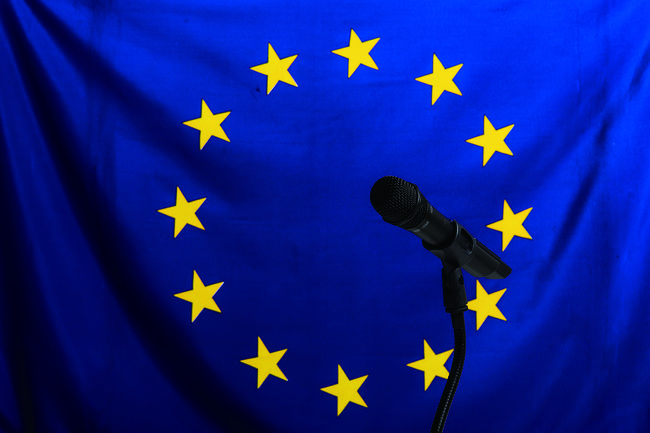Are companies that aim to protect the environment really making a difference, or are they just putting on a green face? The term "greenwashing" emerges from this very question. A blend of "green," symbolizing the environment, and "whitewashing," which refers to concealing unpleasant facts, greenwashing describes the practice of companies promoting an eco-friendly image while failing to back it up with genuine efforts. Just as whitewashing is used to cover up flaws, greenwashing involves using marketing and advertising to make products or services appear more eco-friendly than they are. This not only misleads consumers but also undermines the environment.
Greenwashing is not confined to a single form, as its tactics have diversified in response to the growing interest in eco-friendly consumption. According to a report titled "Greenwashing Hydra," released last year by Planet Tracker, a non-profit organization specializing in environmental corporate analysis, greenwashing can be broadly categorized into six types: green lighting, green labeling, green crowding, green rinsing, green hushing, and green shifting.
Green labeling
Green labeling involves the excessive use of terms like "eco," "green," and "sustainable" without appropriate justification or evidence. This tactic is often used to obscure the negative environmental impacts associated with the consumption or disposal of products.
Green lighting
Green lighting refers to the practice of emphasizing and exaggerating the environmental benefits of certain aspects of a product or a company's operations. This tactic often highlights minor or superficial eco-friendly features to create a misleading positive image, while ignoring the less sustainable aspects of the business.
Green crowding
Green crowding refers to a collective form of greenwashing, where companies band together to conceal their unsustainable practices or slow down the implementation of sustainable policies.
- Green rinsing
- Green rinsing is a tactic where companies frequently adjust their ESG (Environmental, Social, and Governance) goals, presenting themselves as having met these targets regardless of their actual progress.
- Green hushing
- Green hushing involves companies remaining silent about their environmental policies or deliberately withholding information about their sustainable practices. This behavior often stems from a fear of greenwashing backlash, making it distinct from other forms of greenwashing that seek to falsely enhance a company's environmental image.
Green shifting
Green shifting is a tactic where companies shift the responsibility for environmental damage onto consumers, implying that it is the consumers' duty to address the environmental impact of the products.
"Real Life Example of Greenwashing"
Coca-Cola is considered one of the most famous real-life cases of greenwashing. A prime example of green labeling, they were labeled as the World’s Largest Plastic Polluter back in 2023. Their first trouble was with the claims that their bottles are 100% recyclable when it was later revealed that most of their bottles end up in landfills or incinerators due to their limited recyclability. McDonald’s claimed in 2019 that they had changed their plastic straws to recyclable straws, but they were actually not recyclable, which then made them change to sippy lids for their drinks. However, this change also increases the consumption of plastic since plastic is needed to make the lids.
H&M, Uniqlo, and Zara are the fast fashion brands that were accused of greenwashing due to their contribution to massive amounts of textile waste by the clothing industry. 80% of discarded textiles are incinerated or landfill-bound with only 20% being recycled or reused according to ReMake, a fashion nonprofit. For example, H&M launched a “green” clothing line titled Conscious claiming to use “organic” cotton and recycled polyester, but it was revealed to be a marketing tactic. Greenwashing misleads consumers regarding the impact on the environment of the so-called “green” products and services. This can be a great obstacle to the progress towards meaningful environmental changes due to the way it discourages significant investment and policy changes. With the environment not getting better, people will be getting the short end of the stick. Therefore, in the long run, greenwashing will have disastrous effects not only on the environment but also on us.

The EU’s Green Claims Directive (GCD) is an example framework to protect consumers from the acts of greenwashing. It ensures that the environmental claims about the products and services are clear, consistent and substantiated across the EU. They check for scientific evidence for “eco-friendly” or “sustainable” claims by companies to ensure they are contributing to the positive side of environmental changes. Due to these laws, companies in the EU dare not mislead and confuse customers with greenwashing.
Conclusively, we understand greenwashing and its impact on today’s society. It is evident that other countries should take a cue from the EU as a clear example for setting standards for safeguarding consumers from greenwashing. On the other hand, consumers are still willing to purchase these products despite the reports of those companies not being environmentally friendly because they are not well educated on the impacts and they maintain customer loyalty. Hence, the question remains, “Are you a supporter of greenwashing?”
81st Cub Reporter • AN KEUM HYUN • angeumhyun1@gmail.com
International Reporter • GAN JO WIE • jowiegan@gmail.com
- TAG









